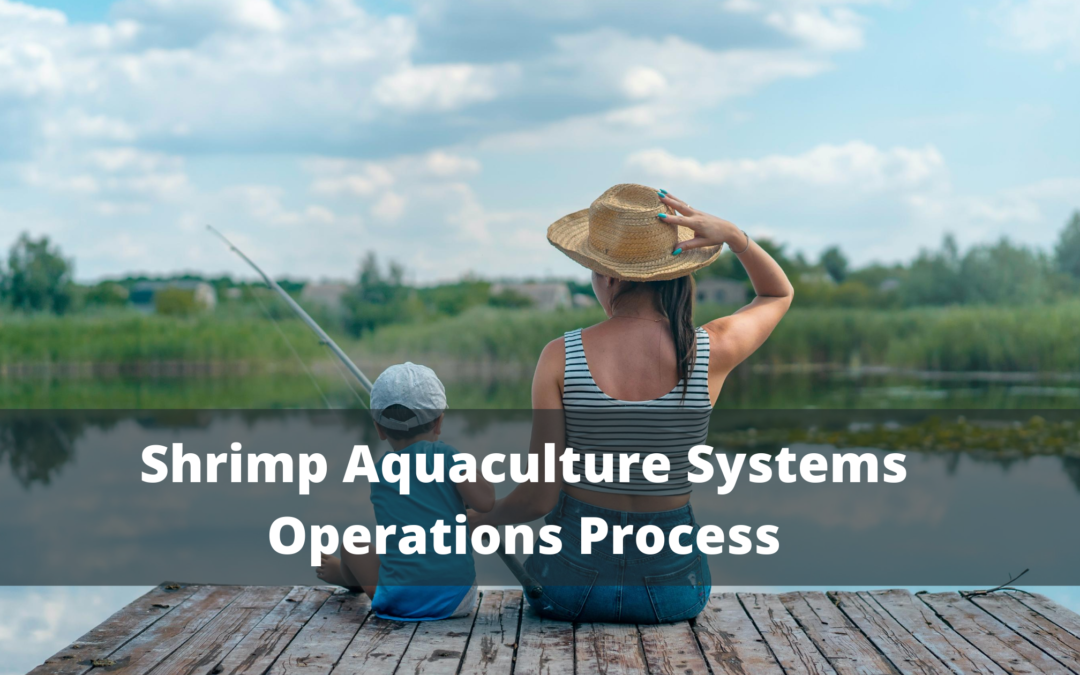Commercial shrimp aquaculture is such a knowledge-intensive and high-value enterprise that has the potential of resulting in high profits if done right. Shrimp aquaculture production practices are constantly evolving with better management practices and that’s why joining a community of farmers that share the same interests can be of help to those considering exploring the enterprise.
In order to operate shrimp aquaculture effectively there are things that should be taken into account if the systems operations process is to progress well;
Materials and Methods
Development of the aquaculture systems operations process involves a number of steps such as knowledge acquisition, system design and development, system validation, and better management practices. The management practices for commercial shrimp farming should cover the entire cycle of shrimp aquaculture right from preparation, stocking, purchase, and delivery of feeds, monitoring, and cleaning, and all other aspects.
The intensity of shrimp production highly depends on the quality of the waters used for growing the shrimp, and stocking density as the higher densities are more likely to produce higher yields if all the measures are well taken care of. The pursuit of better shrimp management practices is driven primarily by disease epidemics concerns that if not well addressed can impact production and profits. Water supply is a key element that should be looked into as it’s the entry point of disease organisms.
As much as filtration helps with reducing the possibility of large organisms from entering the pond, it may not prevent the entry of some disease organisms. Measures should, therefore, be put in place that helps with ensuring the right culture is created.
Aquaculture Practices
The culture system that farmers can opt to adopt ranges from intensive to extensive depending on the stocking density of culture organisms, degree of management, and level of inputs. The extensive systems favor the use of low stocking densities of shrimp postlarvae (PL) with no use of supplemental feeding. The intensive culture favors the use of very high densities of culture organisms and is solely dependent on artificial and formulated feeds. Both the systems work well with small pond compartments for ease of management.
The success of commercial shrimp aquaculture projects begins with the selection of an ideal site. It’s the site selection that forms the basis for layout, design, and management of the project. When considering site selection, a number of factors should be taken into consideration such as;
- Soil quality and its water retention ability are key. The soil quality should be ascertained with its suitability in regards to preventing problems associated with acid-sulfate soils such as low natural food production, slow growth of culture, and such.
- Tidal characteristics and land elevation should also be considered when settling on the ideal site. Sites with large tidal fluctuation may not be appropriate as they might not be appropriately filled with water or drained when the need arises.
- Vegetation around the preferred site should also be taken into consideration. An area that has no big tree stumps and thick vegetation would be ideal. Areas exposed to wave action may require a buffer zone and such should also be considered when selecting the ideal site.
Get more information on Commercial Shrimp Aquaculture and Systems Operations Process by joining a community of farmers involved in the same practice. Apart from acquiring the much needed intensive knowledge that you can get through training, you will also have access to valuable information on how you can successfully set up and manage your shrimp aquaculture project.
P.S: Want to learn more about Aquaculture? Visit EAT FREE Community for more information on how you can learn aquaculture from videos.
Related Articles and Resources:
Commercial Shrimp Aquaculture: Why Technical Training is Important
Freshwater Shrimp Farming – How to Start Your Own Shrimp Farm



